Protect Your Skin from the Sun with These 11 Simple Tips
We all enjoy soaking up the sun, but it is important to protect your skin from its harmful effects. With just a little effort, you can avoid skin damage while still enjoying outdoor activities. Proper sun protection is easy to incorporate into your daily routine. All it takes is being mindful and prepared when heading out. Keep reading to learn some straightforward tips to help keep your skin healthy under the sun.
This post may contain affiliate links, which helps keep this content free. Please read our disclosure for more info.
Apply Sunscreen Regularly
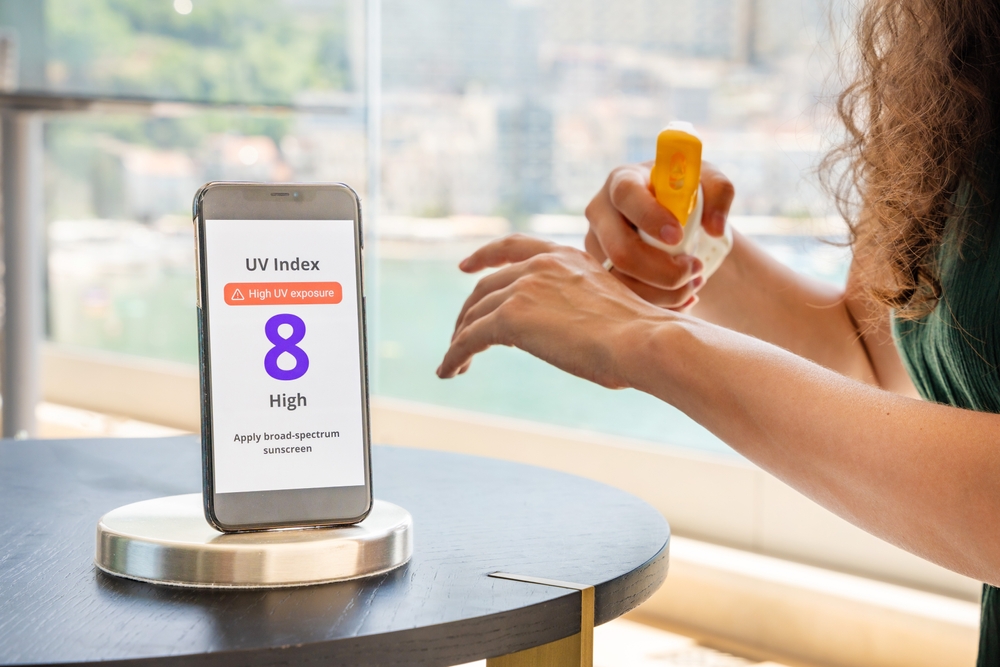
Sunscreen is one of the most effective ways to protect your skin from the sun. Be sure to choose a broad-spectrum sunscreen with at least SPF 30. Apply it generously 15 to 30 minutes before going outside and reapply every two hours. This helps to ensure that your skin stays protected even as the sunscreen wears off.
If you are swimming or sweating, consider using a water-resistant sunscreen. It is important to apply sunscreen to all exposed areas of your body, including your ears, neck, and hands. Don’t forget to cover areas like your feet or scalp, especially if you are wearing sandals or a hat. Consistent use of sunscreen can help reduce the risk of sunburn and long-term skin damage.
Wear Protective Clothing
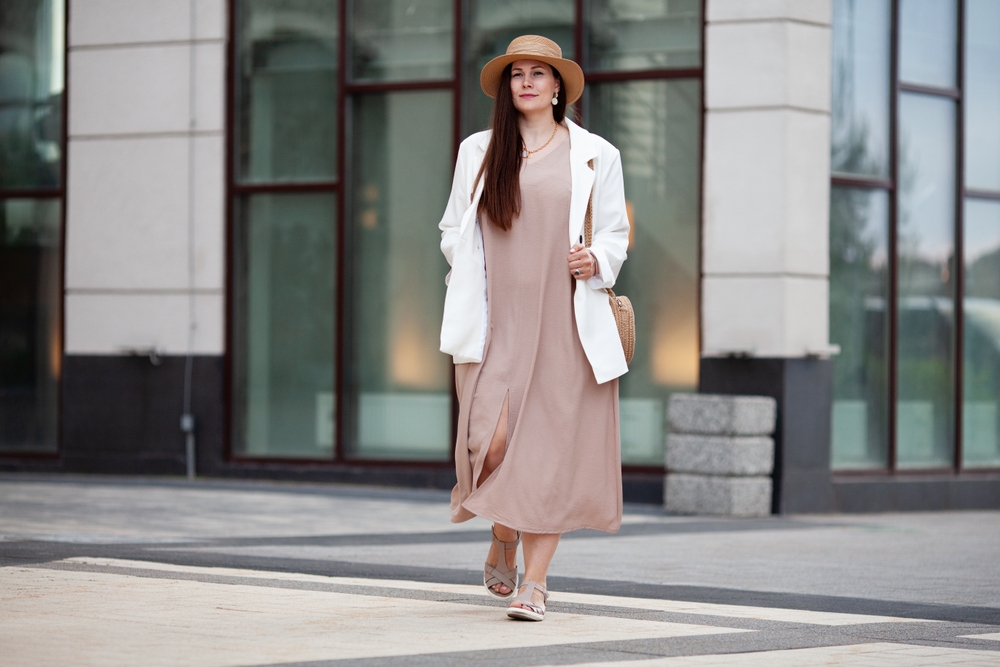
Wearing the right clothing can provide a physical barrier between your skin and the sun’s harmful rays. Opt for long sleeves, pants, and wide-brimmed hats for the best coverage. Clothes made of tightly woven fabrics, such as cotton or linen, are great for protecting your skin. You can also buy clothing with built-in UV protection for added reassurance.
Lightweight and breathable materials will keep you cool while protecting your skin. Look for clothes designed specifically for sun protection, which are labeled with an ultraviolet protection factor (UPF). These clothes help to block harmful UV rays without causing discomfort during hot weather. Adding layers can provide additional protection when outdoors for extended periods.
Seek Shade Whenever Possible
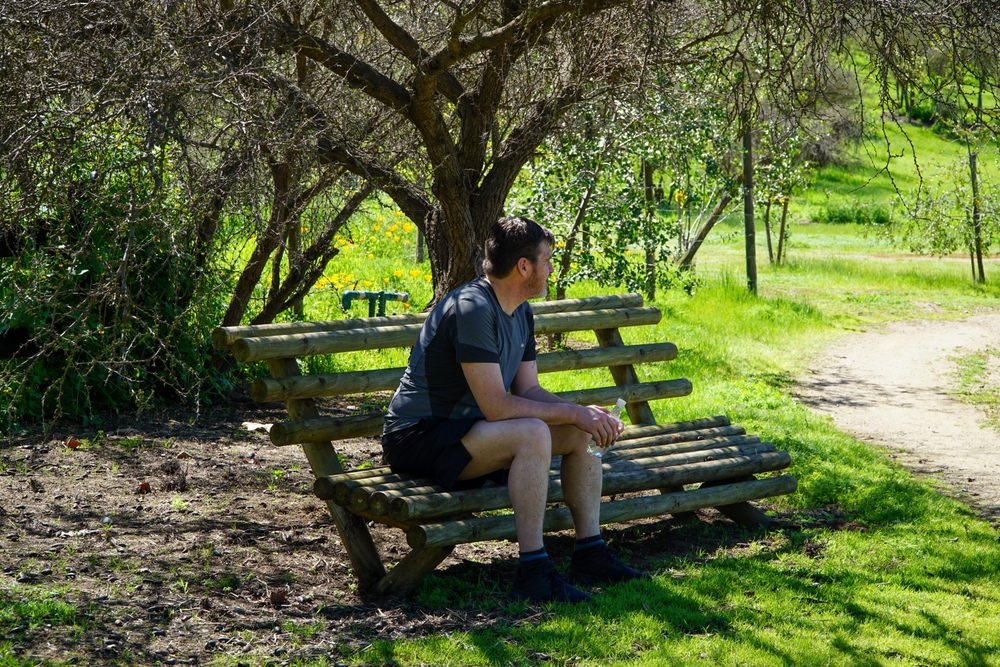
When the sun is at its peak, seek shade to minimize exposure. The sun’s rays are strongest between 10 a.m. and 4 p.m., so it is best to stay in shaded areas during these hours. If there is no natural shade available, consider using an umbrella, a sun shelter, or even a canopy for protection. Seeking shade reduces your risk of harmful UV exposure.
Even when you are in the shade, be mindful of reflected sunlight from surfaces like water or sand. These surfaces can bounce UV rays back onto your skin, so it is important to still take precautions. If you are unable to avoid direct sunlight, remember to apply sunscreen and wear protective clothing. Shade is a simple and effective way to lower your risk of sun damage.
Wear Sunglasses with UV Protection

Your eyes are just as susceptible to UV damage as your skin, so wearing sunglasses is essential. Choose sunglasses that block 100 percent of UVA and UVB rays for optimal protection. Look for lenses that are large enough to cover your eyes completely and shield the sensitive skin around them. This will reduce the risk of eye-related sun damage, including cataracts and macular degeneration.
Sunglasses are not only a fashion accessory but an essential part of sun protection. Make sure your sunglasses fit comfortably and cover the eyes well to prevent UV rays from getting in. Wearing sunglasses also helps reduce squinting, which can cause wrinkles over time. Invest in high-quality sunglasses for both style and eye health.
Avoid Tanning Beds
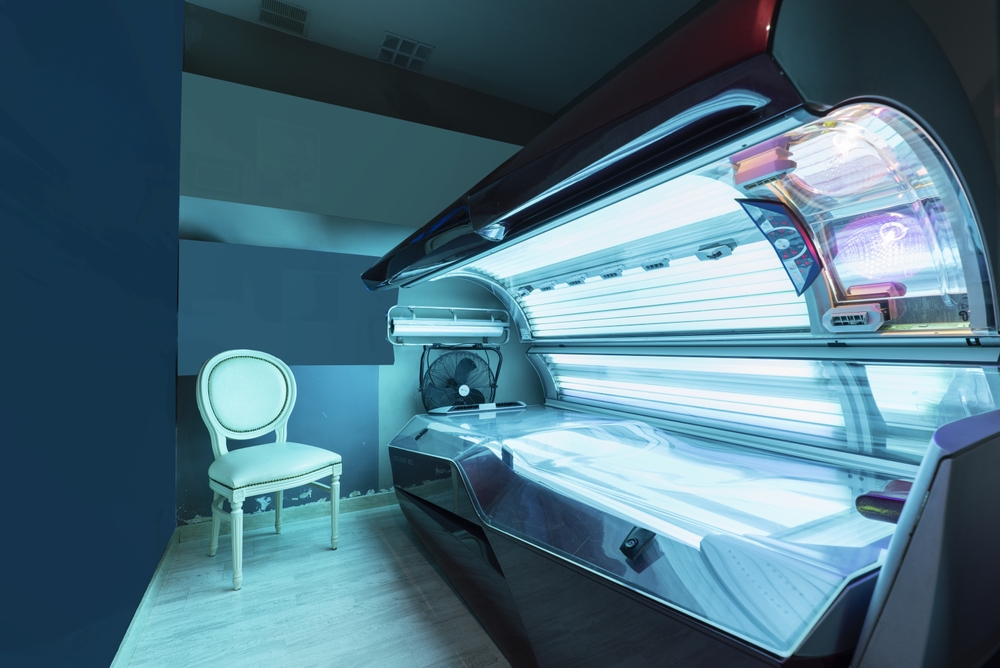
Tanning beds may seem like a quick way to get a sun-kissed look, but they are harmful to your skin. The artificial UV rays emitted by tanning beds can cause premature aging and increase the risk of skin cancer. It is best to avoid tanning beds altogether and opt for a safer alternative like self-tanning lotions or sprays. These products give you a tan without exposing your skin to harmful UV radiation.
Tanning beds can cause significant damage to your skin even with limited use. Over time, the UV rays can lead to wrinkles, dark spots, and other signs of aging. By avoiding tanning beds, you can keep your skin healthy and youthful. Embrace safe alternatives to achieve a tan without the risk.
Use Lip Balm with SPF
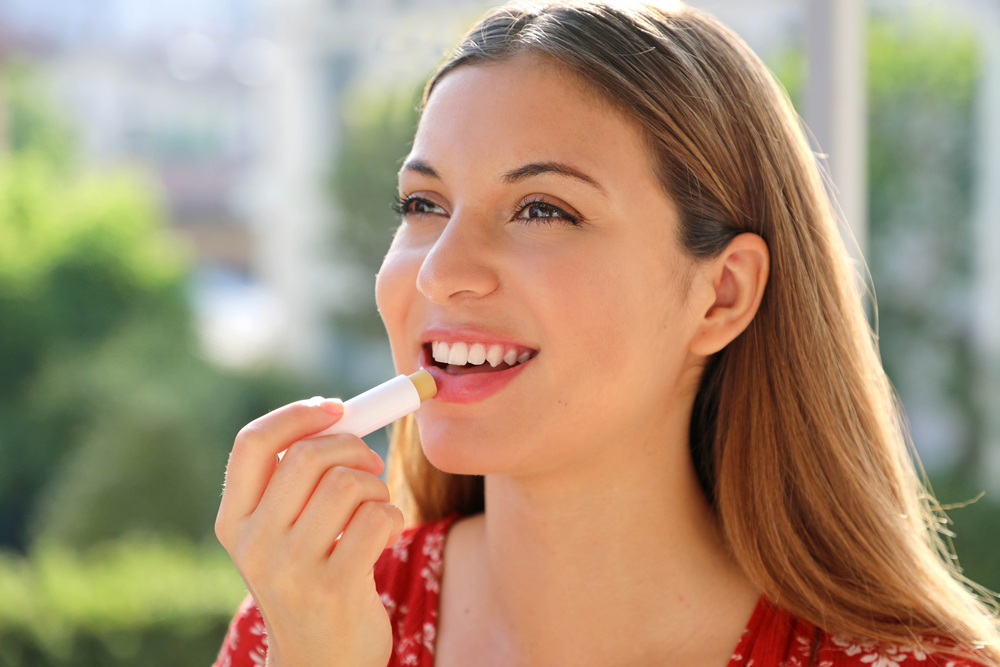
The skin on your lips is thin and sensitive, making it vulnerable to sunburn. Apply a lip balm with SPF 15 or higher to keep your lips protected from UV rays. This will help prevent chapped, dry, or sunburned lips, which can be painful and uncomfortable. Reapply lip balm throughout the day, especially if you are eating or drinking.
A good lip balm with SPF also helps to maintain moisture, keeping your lips soft and smooth. Look for products that are water-resistant if you plan on swimming or sweating. Protecting your lips is an important step in your overall sun protection routine. Never skip this step, as your lips are just as exposed to the sun as the rest of your face.
Stay Hydrated
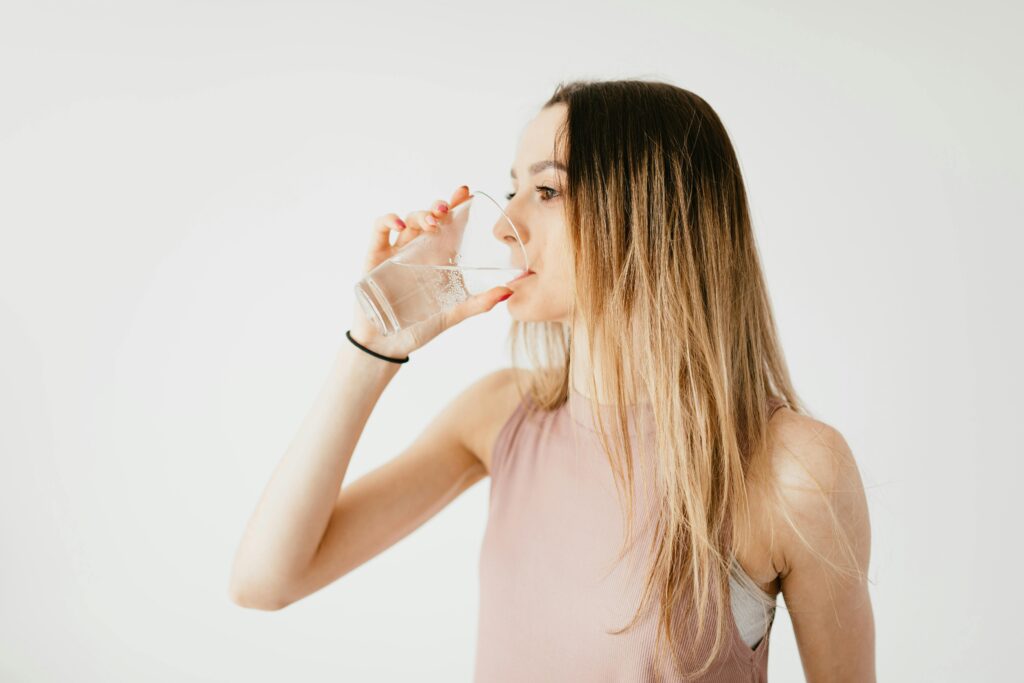
Drinking plenty of water is essential for keeping your skin healthy while in the sun. Sun exposure can cause dehydration, which can lead to dry, irritated skin. Staying hydrated helps your skin maintain its moisture levels and elasticity. Aim to drink water consistently throughout the day, especially when spending time outdoors.
Dehydration can also make your skin more vulnerable to sunburn and irritation. By staying hydrated, you are supporting your skin’s natural barrier and promoting its ability to recover. Carry a water bottle with you and take regular sips, particularly when spending long hours outside. This simple step can make a significant difference in keeping your skin in top condition.
Avoid Direct Sun Exposure After a Recent Sunburn

If you have recently been sunburned, it is important to avoid further exposure to the sun. Sunburned skin is more sensitive and can suffer additional damage if exposed to UV rays too soon. Wait until your sunburn has healed completely before going back outside for extended periods. In the meantime, focus on soothing your skin with aloe vera or other sunburn relief products.
Reapply sunscreen regularly when recovering from a sunburn to prevent further damage. Wearing protective clothing and staying in the shade will also help reduce the risk of aggravating the burn. Your skin needs time to heal, so it is best to avoid direct sun exposure until it is fully recovered. Patience is key to protecting your skin in this situation.
Keep Your Skin Moisturized
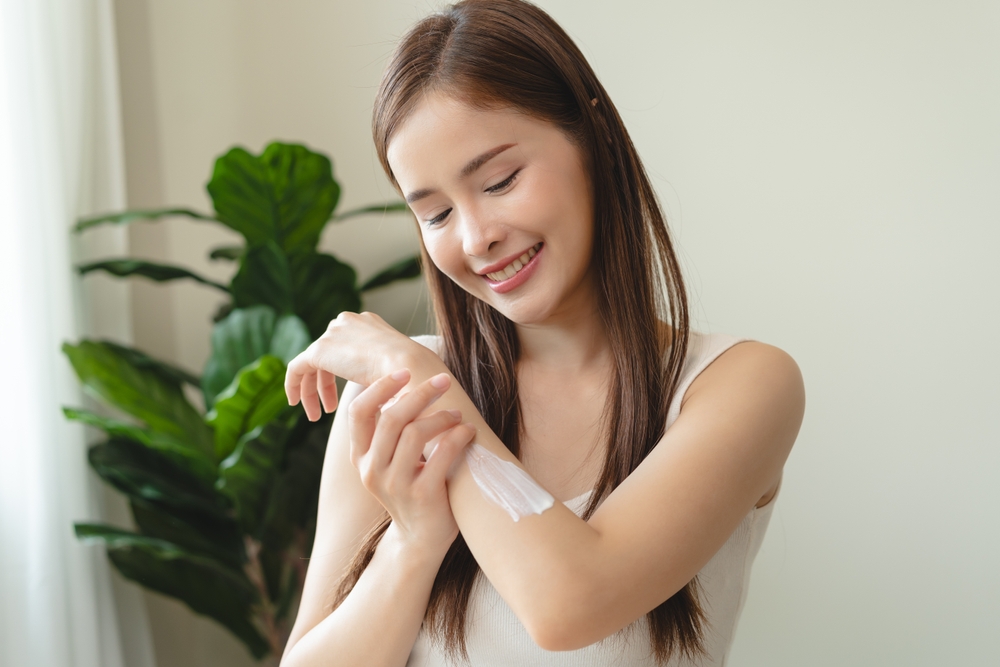
Moisturizing your skin regularly is important for maintaining its health and resilience against sun damage. Sun exposure can dry out your skin, leaving it more vulnerable to irritation and aging. Use a good quality moisturizer with SPF to provide hydration and protection at the same time. Apply it after showering to lock in moisture and keep your skin smooth.
Look for moisturizers that are designed for your skin type, whether it is dry, oily, or combination. A product that contains antioxidants can help protect your skin from environmental stressors, including UV rays. Keeping your skin hydrated not only helps it look better but also supports its natural barrier against sun damage. Moisturizing is a simple step that provides long-term benefits.
Avoid Rubbing Your Skin After Sun Exposure

After being in the sun, avoid rubbing or scrubbing your skin too hard. Rubbing your skin can irritate it, especially if it has been exposed to sunburn or the elements. Instead, gently pat your skin dry with a soft towel. This helps prevent further damage and keeps your skin calm after sun exposure.
If you need to exfoliate, do so gently and use products designed for sun-sensitive skin. Over-exfoliating can remove the skin’s natural protective layer, making it more vulnerable to future sun damage. Treat your skin with care after spending time outside, and avoid unnecessary friction. This simple step can help preserve your skin’s health and appearance.
Check Your Skin Regularly
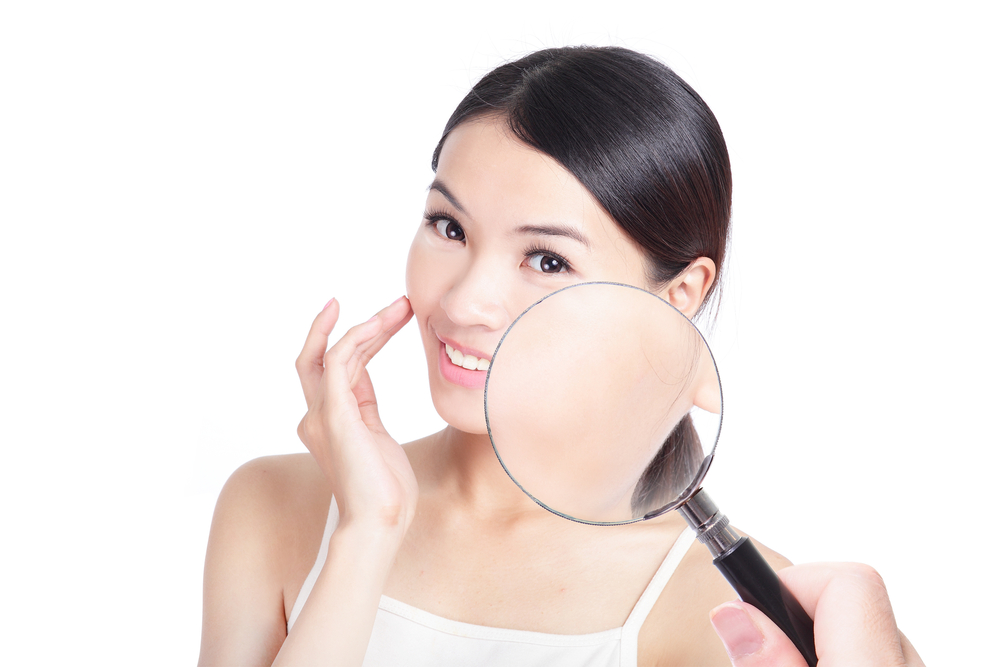
Regularly checking your skin for any changes is a key step in early detection of potential skin issues. Look for any new moles, spots, or discoloration, and note any changes in existing marks. If you notice anything unusual, consult a dermatologist as soon as possible. Early detection of skin damage or potential skin cancer can lead to more effective treatments.
Taking care of your skin includes monitoring it for signs of sun damage. Even with proper sun protection, it is still important to remain vigilant about changes to your skin. Checking your skin regularly helps to catch potential problems early, allowing you to take action before it becomes more serious. Be proactive about skin care for the best results.
Sun protection should be a part of your everyday routine to keep your skin safe and healthy. Staying mindful of your skin’s needs is a small effort that pays off in the long run. Start now and protect your skin for years to come.
This article originally appeared on Avocadu.
